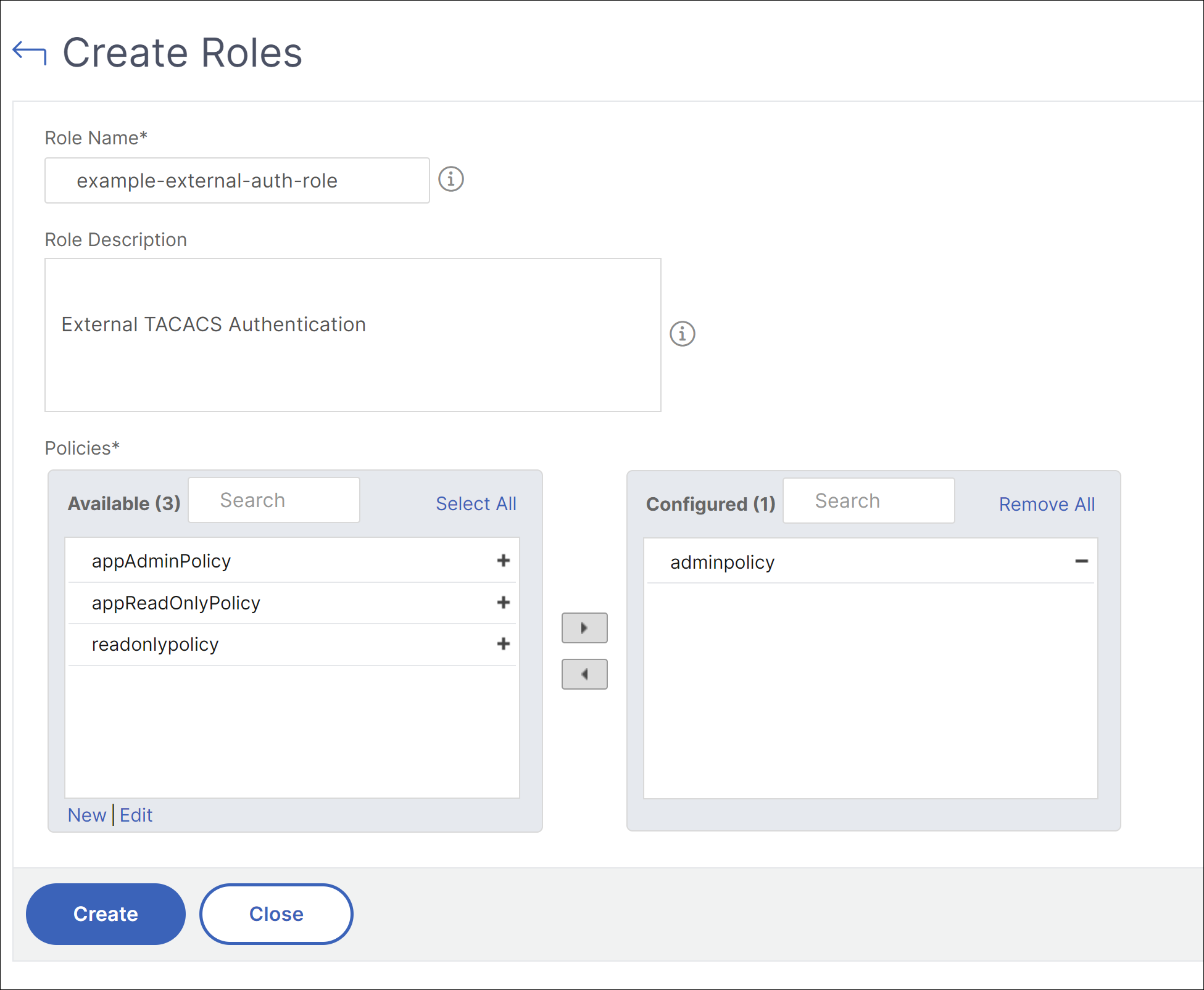-
-
-
-
Scenarios for Flexed or Pooled license expiry and connectivity issues behavior
-
Configure NetScaler Console as the Flexed or Pooled license server
This content has been machine translated dynamically.
Dieser Inhalt ist eine maschinelle Übersetzung, die dynamisch erstellt wurde. (Haftungsausschluss)
Cet article a été traduit automatiquement de manière dynamique. (Clause de non responsabilité)
Este artículo lo ha traducido una máquina de forma dinámica. (Aviso legal)
此内容已经过机器动态翻译。 放弃
このコンテンツは動的に機械翻訳されています。免責事項
이 콘텐츠는 동적으로 기계 번역되었습니다. 책임 부인
Este texto foi traduzido automaticamente. (Aviso legal)
Questo contenuto è stato tradotto dinamicamente con traduzione automatica.(Esclusione di responsabilità))
This article has been machine translated.
Dieser Artikel wurde maschinell übersetzt. (Haftungsausschluss)
Ce article a été traduit automatiquement. (Clause de non responsabilité)
Este artículo ha sido traducido automáticamente. (Aviso legal)
この記事は機械翻訳されています.免責事項
이 기사는 기계 번역되었습니다.책임 부인
Este artigo foi traduzido automaticamente.(Aviso legal)
这篇文章已经过机器翻译.放弃
Questo articolo è stato tradotto automaticamente.(Esclusione di responsabilità))
Translation failed!
Configure roles
In NetScaler Console, each role is bound to one or more access policies. You can define one-to-one, one-to-many, and many-to-many relationships between policies and roles. You can bind one role to multiple policies, and you can bind multiple roles to one policy.
For example, a role might be bound to two policies, with one policy defining access permissions for one feature and the other policy defining access permissions for another feature. One policy might grant permission to add NetScaler instances in NetScaler Console, and the other policy might grant permission to create and deploy StyleBooks and to configure NetScaler instances.
When multiple policies define edit and read-only permissions for a single feature, the edit permissions have priority.
NetScaler Console provides four predefined roles:
-
admin. Has access to all NetScaler Console features. (This role is bound to adminpolicy.)
-
readonly. Has read-only access. (This role is bound to readonlypolicy.)
-
appAdmin. Has administrative access to only the application features in NetScaler Console. (This role is bound to appAdminPolicy).
-
appReadonly. Has read-only access to the application features. (This role is bound to appReadOnlyPolicy.)
Note:
The predefined roles cannot be edited.
You can also create your own (user-defined) roles.
To create roles and assign policies to them:
-
In NetScaler Console, navigate to Settings > Users & Roles.
-
Click Add.
-
In the Role Name field, enter the name of the role, and provide the description in the Role Description field (optional.)
-
In the Policies section, add or move one or more policies to the Configured list.

-
Click Create.
Share
Share
In this article
This Preview product documentation is Cloud Software Group Confidential.
You agree to hold this documentation confidential pursuant to the terms of your Cloud Software Group Beta/Tech Preview Agreement.
The development, release and timing of any features or functionality described in the Preview documentation remains at our sole discretion and are subject to change without notice or consultation.
The documentation is for informational purposes only and is not a commitment, promise or legal obligation to deliver any material, code or functionality and should not be relied upon in making Cloud Software Group product purchase decisions.
If you do not agree, select I DO NOT AGREE to exit.